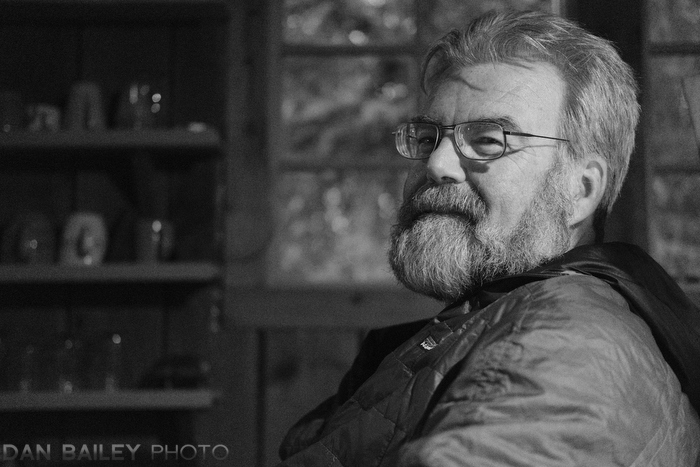
Having shot with the new Fujifilm X-T2 during the past few months, (read my full review here) I’ve been extremely impressed with how well it performs at high ISO settings. Given that the X-T1 does quite well when shooting in low light, (here’s a pixel-to-pixel comparison of how well the X-T1 stacks up against the Sony A7r), I was curious about how they would improve the noise reduction on the X-T2.
We all know that pixel size plays a huge factor in how well a sensor does in low light. Since the new 24MP APS-C X-Trans III sensor actually has smaller pixels than the 16MP APS-C sensor on the X-T1, there would no doubt have to be some new magic under the hood in order to make up for this.
With the X-T2, Fujifilm has incorporated a few new technologies, including copper wiring instead of aluminum for better conductivity and faster signal transmission, improved signal amplifier and better noise reduction algorithms. The non-Bayer patter X-Trans sensor also helps reduce noise; the irregular pattern RGB pixel array helps the image processor better spot noise artifacts.
However, the biggest factor is the new X-Processor Pro image processing chip. It’s the backbone of nearly all of the X-T2’s performance enhancements. That’s what drives the faster autofocus system, faster EVF refresh rate and shooting frame rate, reduced shutter blackout and sensor readout time, faster image processing, as well as the ability to shoot 4K video and compress RAW files to 14-bit lossless format.
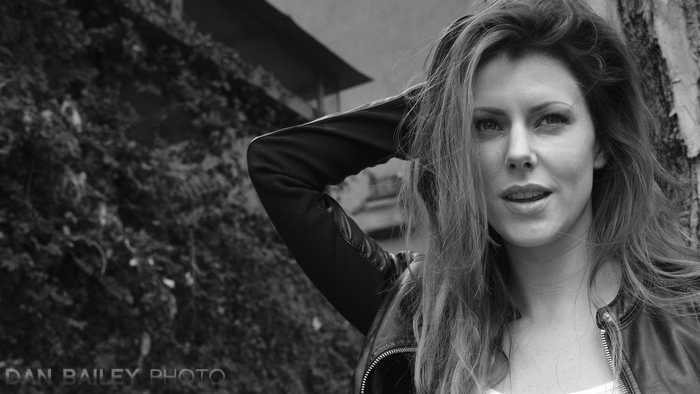
With processing power that’s four times faster than what’s possible in the X-T1’s EXR Processor II, the X-T2 is able to run much more complex and powerful noise reduction algorithms. The result is that high ISO images shot on the X-T2 don’t really have “noise” anymore, at least not the kind we’re used to seeing. Instead, high ISO images now look very grain-like, even at very high settings. In addition, they retain a very high level of sharpness and detail.
Let’s have a look.
Image Examples – X-T1 vs. X-T2 High ISO Comparison
We’ll start with guitars. Here are two examples from both the X-T1 and X-T2 shot at ISO 6400. At “webs size,” both cameras seem to do fine at this setting.
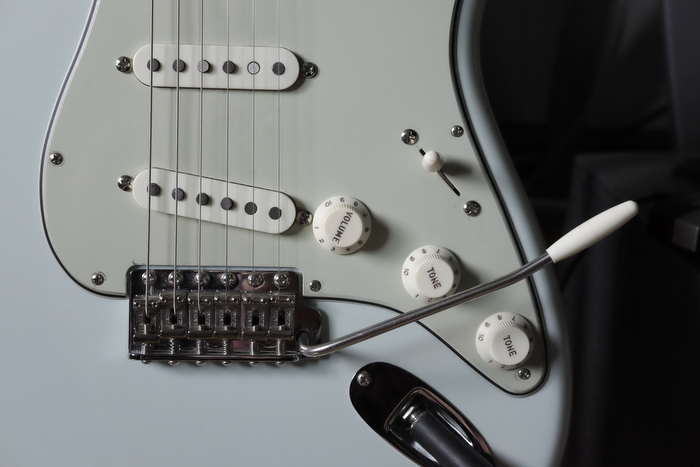

Now lets look at some RAW+JPEG pairs, shot on both the X-T1 and X-T2 at ISO 3200, and 6400. For each setting, I include four versions, the first pair being a straight 100% crop from the RAW file, saved as a JPEG with no processing. The second pair at each setting is a 100% crop of the straight JPEG.
As you can see, the RAW versions have no noise reduction applied, so they appear a little grainer. This is a clear illustration of how well the sensor itself records the scene at high ISO settings. Notice, I said “grainer.” It really does look like grain, even at the higher settings.
The JPEG versions look at little smoother because of the in-camera noise reduction that’s been applied. This is where the X-Processor Pro comes into play. At each of these speeds, the X-T2 shows improved noise reduction, finer grain and a slight increase in detail.
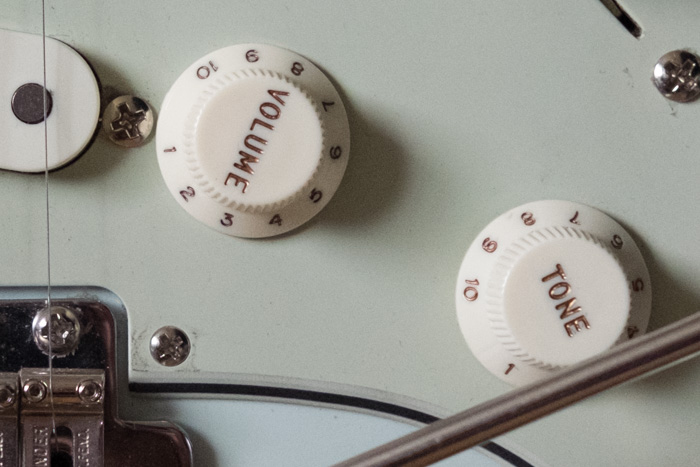
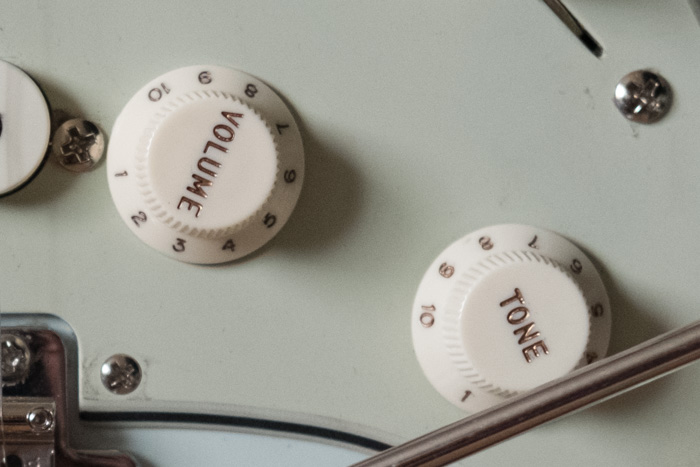
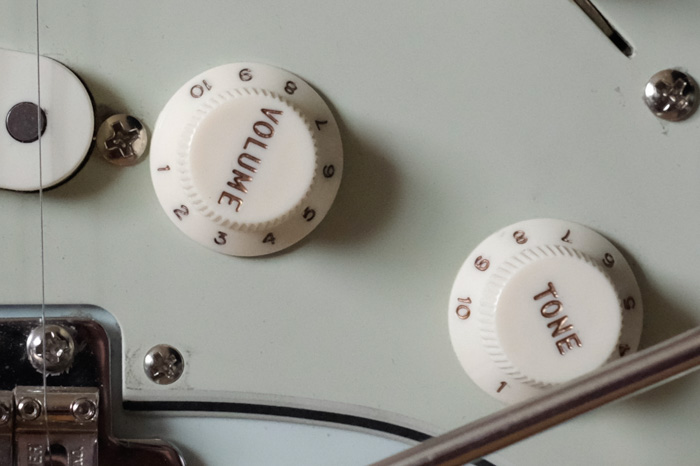
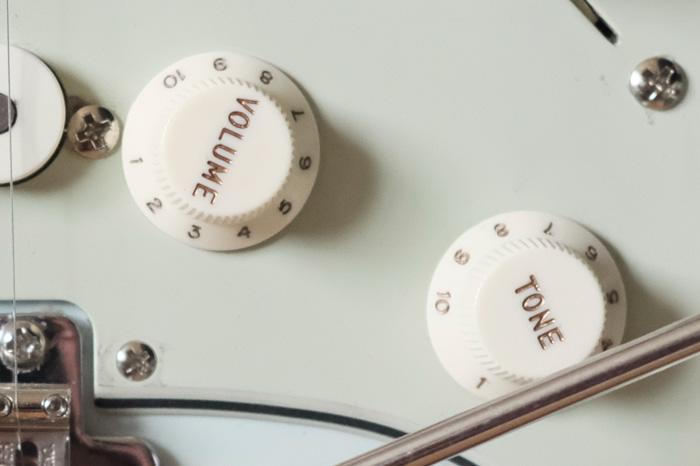
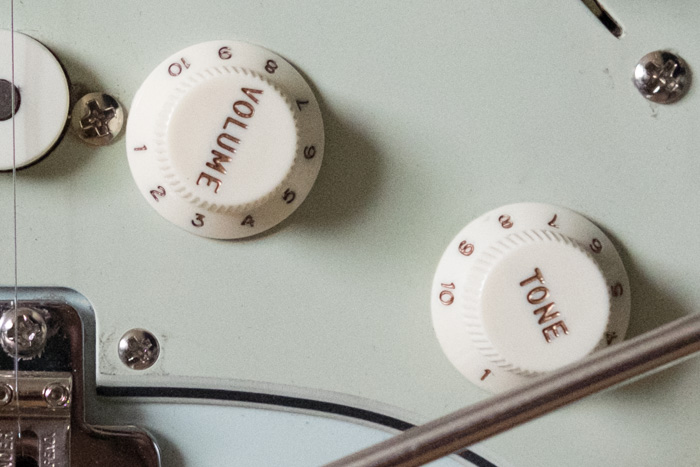
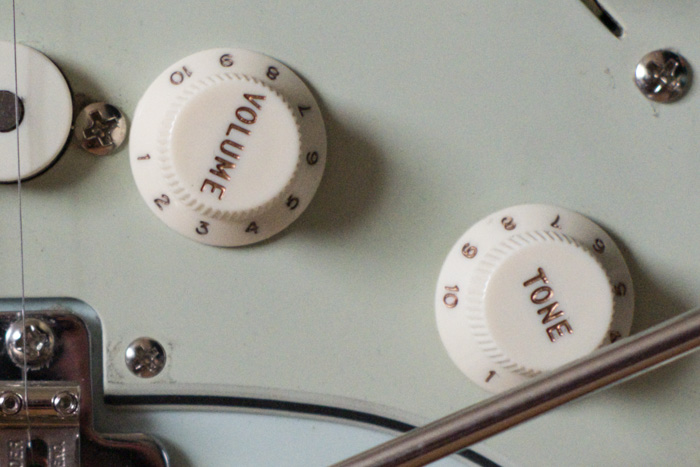
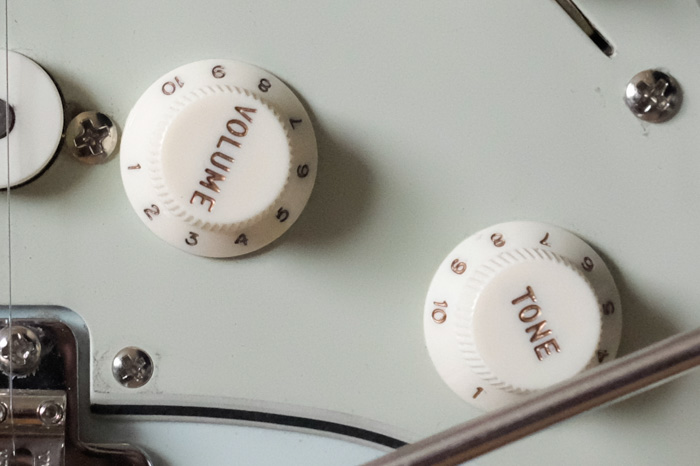

Now let’s bump up the speed even more. While the max native ISO setting on the X-T1 is only 6400, the X-T2 has a native ISO setting of 12800. Please note, these exposures vary slightly due to the fact that I shot multiple images with slightly different settings during my test, but you can still get at accurate look at the noise reduction and sensor performance.
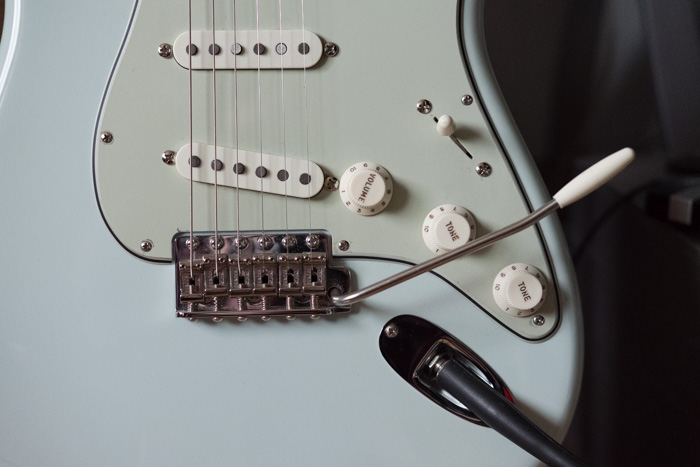
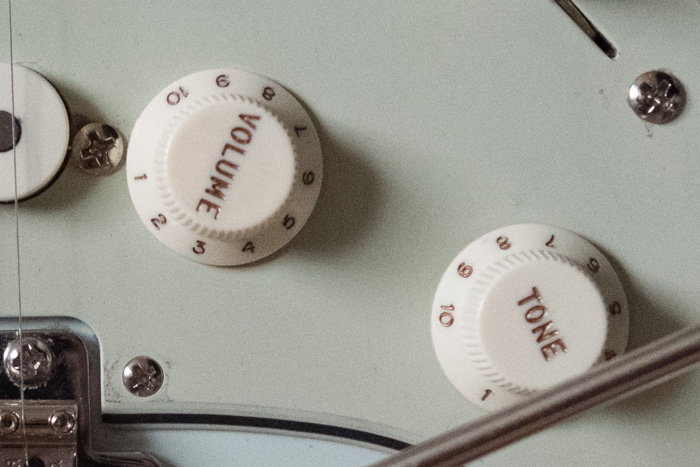
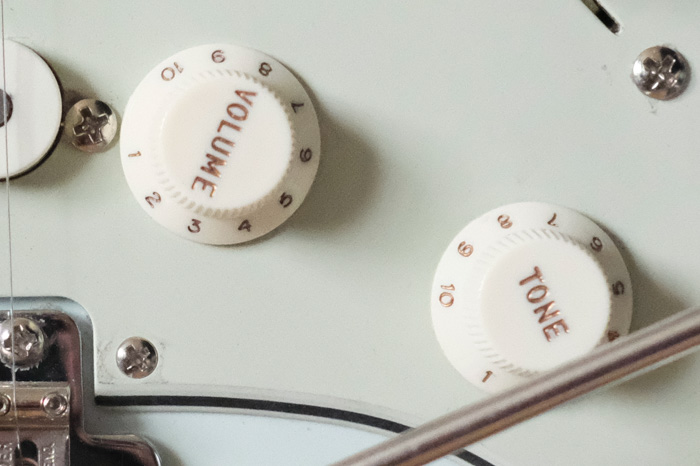
Now that we’ve pixel peeped, let’s look at some real world examples. After all, what matters here is not how pixels compare with the previous model when viewed at full 100% crop, it’s how different scenes hold up under real light out in the world. These are all straight JPEGS.
ISO 800
ISO 800 on the X-T2 is like the new normal. There almost no noise, and if there is, it’s rendered as gorgeous looking grain with minimal intrusion.
ISO 1600
At ISO 1600, the X-T2 does amazingly well. It holds a very high level of detail and resolution. I’d use 1600 without even thinking about it and expect excellent results.
ISO 3200
At ISO 3200, you’ll start to see some grain with certain kinds of subjects, but in good light with a good exposure, this setting holds up incredibly well. I can’t believe the level of sharpness and detail that’s preserved in the moose here.
ISO 6400
At ISO 6400, you’ll definitely start to see the grain build up, but that’s exactly my point. It’s not noise, it’s grain. It imparts a lot of character, but it doesn’t overwhelm or take anything away from the photograph.
ISO 12800
I’m blown away by how well the X-T2 images look when shot at ISO 12800. At this setting, you have a tremendous amount of grain, but it’s not obtrusive. As with 6400, it imparts a great deal of character and give the image a very real “photo-like” feel, just as if you were using high speed film.
To my eyes, the black and white images hold up better at ISO 12800, but the color isn’t bad, it just has a different look. Honestly, I haven’t shot a lot of color images at 12800 yet, but from what I’ve seen so far, it’s
ISO 25600 and 51200
I only have one image example shot at 12600 and 51200, and to compare, an X-T1 image shot at 51200. As you can see, the X-T2 images are pretty grainy, but they still holds up surprisingly well considering they were shot in the nosebleed section. I never shoot at this speed, but if you have to grab a shot and you have no other choice, the X-T2 will give you an acceptable file.
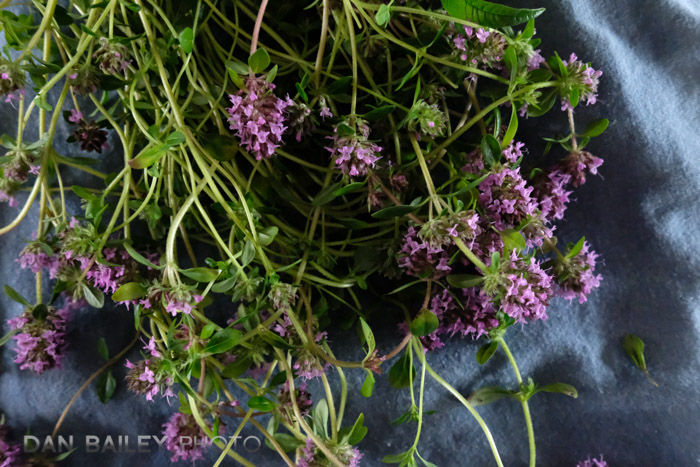

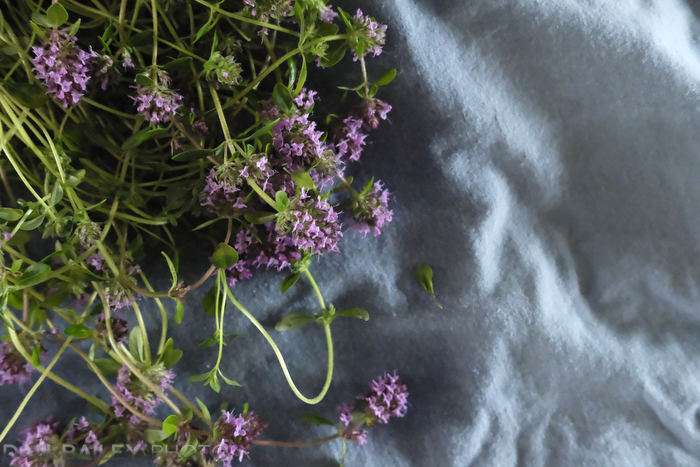
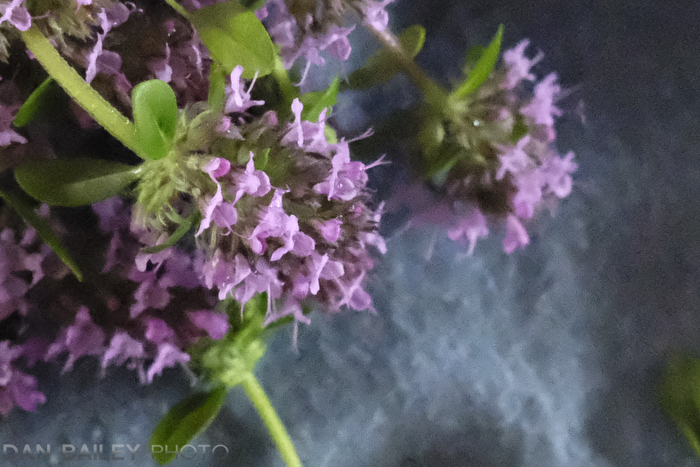
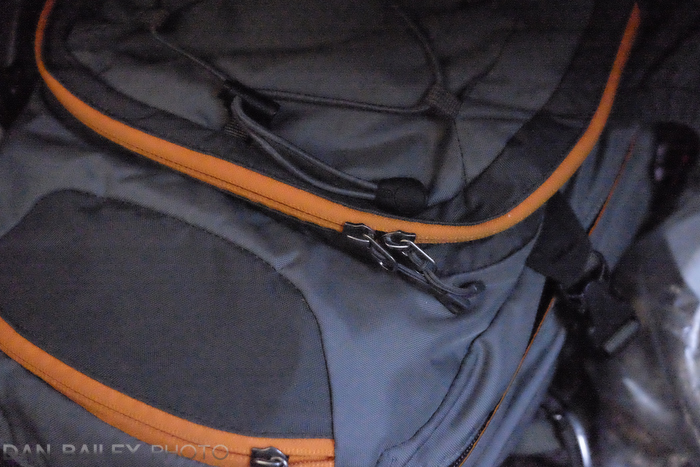
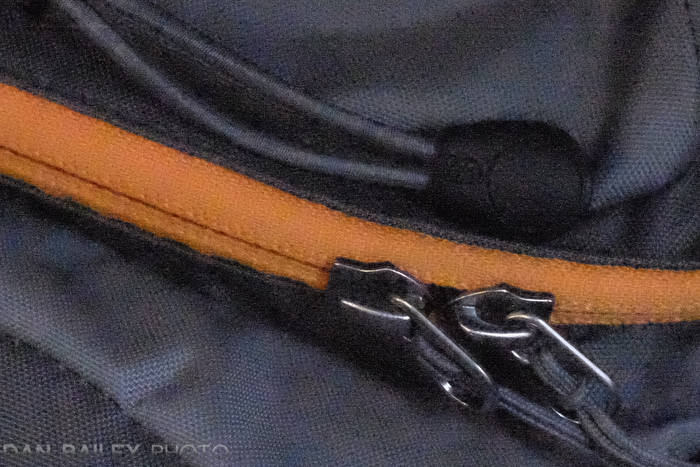
Final Thoughts
Having used the X-T2 since early May, I feel I’ve gotten a very good feel at how the camera performs at different ISO settings. From my tests, I feel the combination of the new sensor, internal hardware upgrades and the new image processor make the X-T2 an excellent camera for shooting in all lighting conditions, especially for things like concert photography, indoor sports, nighttime shots and astrophotography and low light portraits.
I have full confidence when shooting in low light with the X-T2 and absolutely no qualms about cranking the ISO dial into higher territory. There is no native speed I’m uncomfortable with. Photographers have always had to make tradeoffs when shooting in low light, but with the X-T2, those tradeoffs just got a whole lot better.
Check out my full review of the X-T2. Also, check out my blog post about the new autofocus system I wrote for the Bedford Camera website. If you think it’s the right camera for you, you can preorder it through these links. It will be available in September. And, stay tuned for more “feature reviews” of the X-T2 in the coming weeks.
Terrific, Dan! I shot some musical friends playing at a club and was really pleased at how well the XT-2 performed at speeds that used to be ridiculous!

[iframe]<iframe width=”120″ scrolling=”no” height=”240″ frameborder=”0″ style=”border:none;” border=”0″ src=”http://mer54715.datafeedfile.com/widget/aff_widget_prdt_generate-2.0.php?aff_num=6746&aff_net=1&widget_num=7411&sid=” marginheight=”0″ marginwidth=”0″></iframe><iframe style=”width:120px;height:240px;” marginwidth=”0″ marginheight=”0″ scrolling=”no” frameborder=”0″ src=”//ws-na.amazon-adsystem.com/widgets/q?ServiceVersion=20070822&OneJS=1&Operation=GetAdHtml&MarketPlace=US&source=ss&ref=as_ss_li_til&ad_type=product_link&tracking_id=danhbaisadvph-20&marketplace=amazon®ion=US&placement=B01I3LNMAM&asins=B01I3LNMAM&linkId=61f7d971b8766adc8e5d42e401d1ec38&show_border=true&link_opens_in_new_window=true”></iframe>[/iframe]

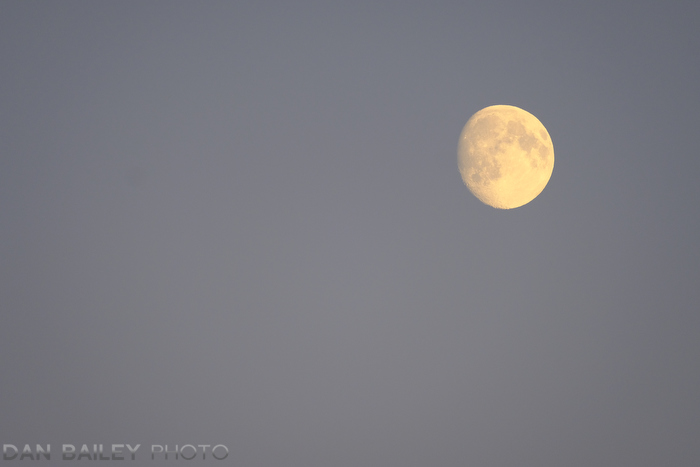
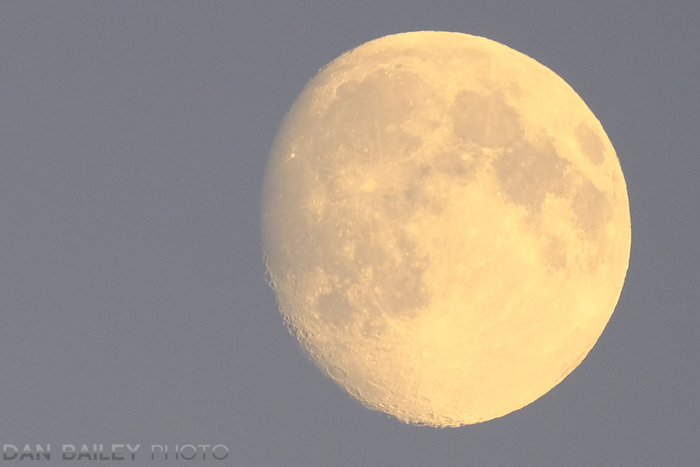
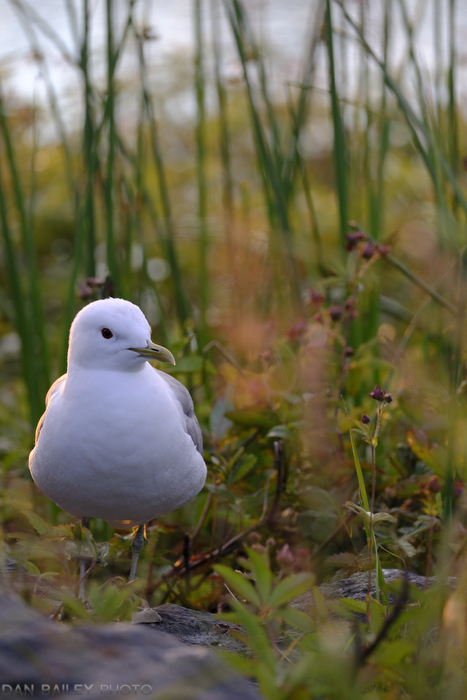







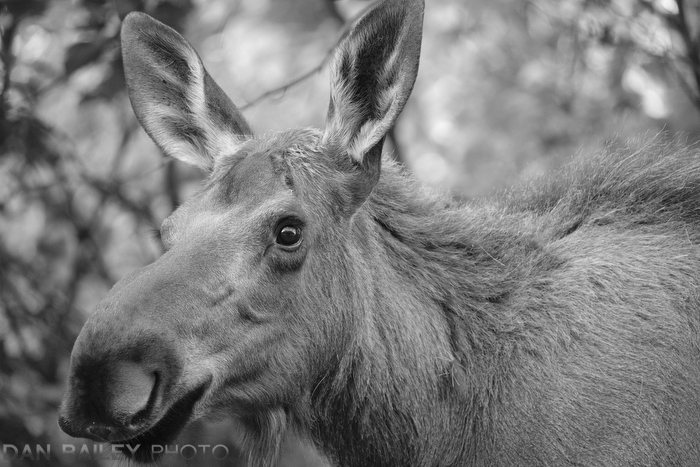
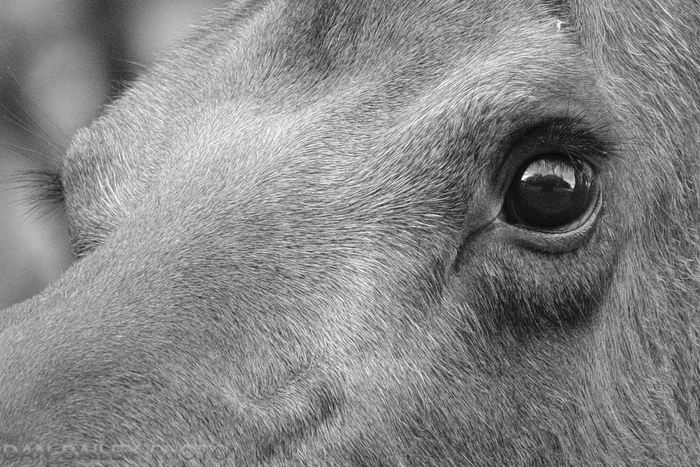


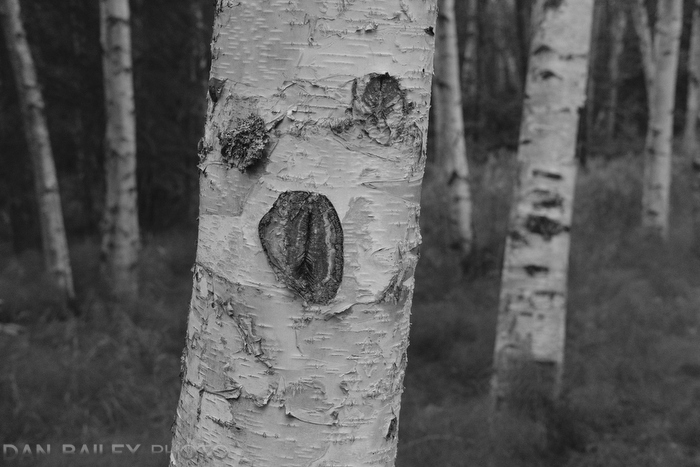


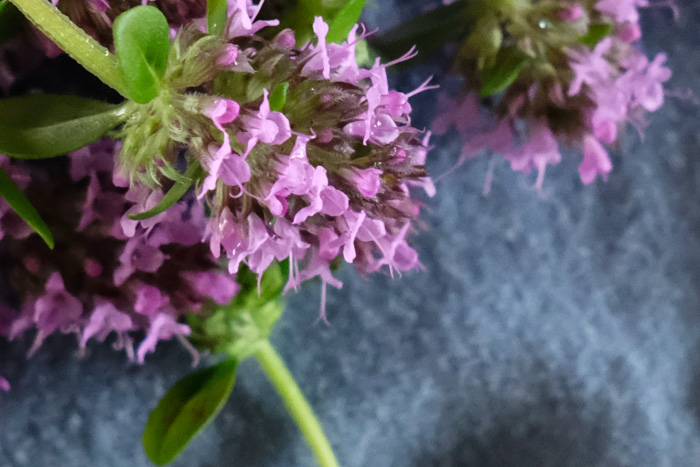
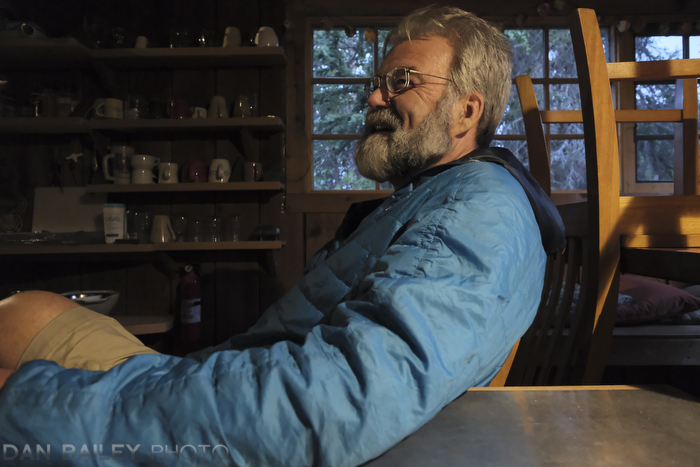
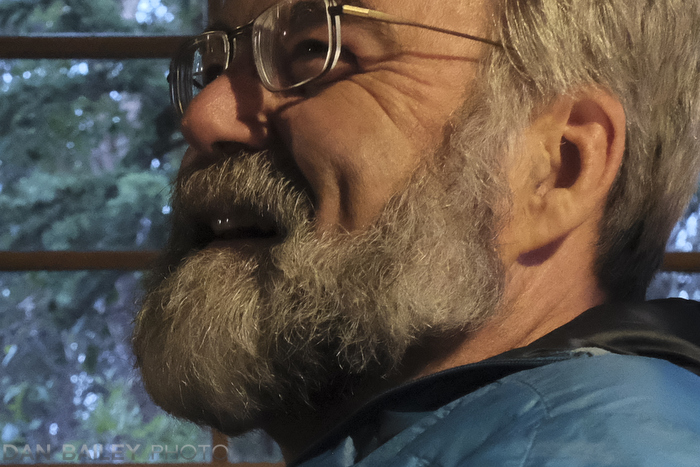
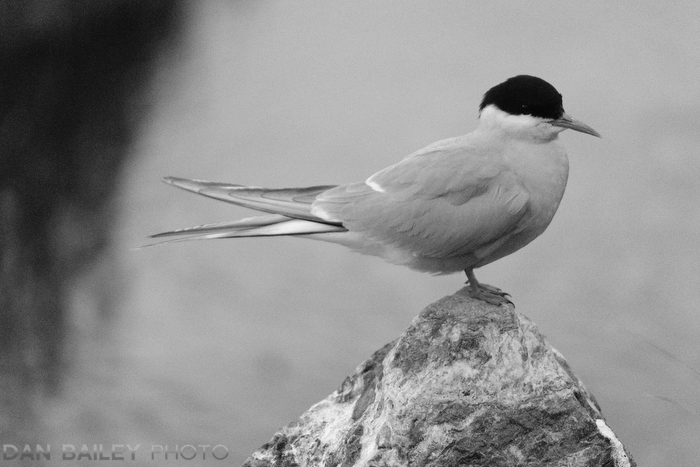

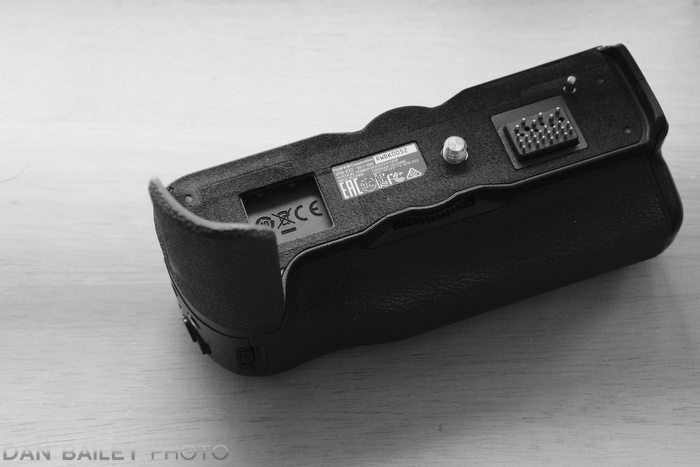
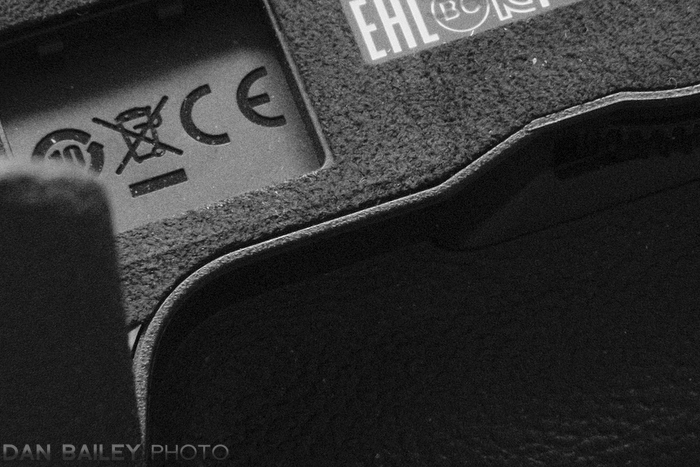
[…] Here’s a more detailed look at how well the X-T2 performs at higher ISO speeds. […]
[…] performance has been improved as well. The X-T2 has a native ISO of 12800, and having shot at this speed quite a bit during the past few months, I’m blown away by how gorgeous and how “film-like” the images […]